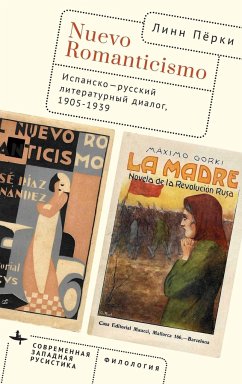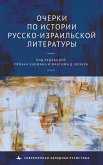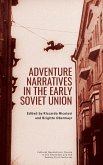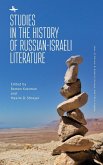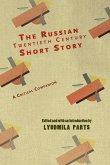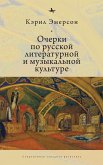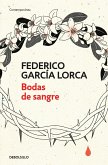ENG Drawing upon theories on the novel in Bakhtin's Dialogic Imagination, this book examines Nuevo Romanticismo through the lens of Russo-Soviet littéeacute;rature engagée. The term Nuevo Romanticismo originated in José Díiacute;az Fernáaacute;ndez's eponymous essay and has been applied to a group of writers who exemplified a rehumanization of the field of Spanish cultural production. In contrast with the dehumanized tendencies noted by Ortega y Gasset, writers César Arconada, Ramóoacute;n J. Sender, and Lusia Carnés combined avant-garde aesthetics and a deep preoccupation with the human condition, creating a model of politically engaged art in part through transcultural dialogues with Russian literary models. This study explores the deep connection between Spanish and Russian narratives immediately before and during the Second Republic, as well as themes as relevant today as nearly a century ago: the ethics of war, the new woman, and responses to machine culture in the modern age. Lynn C. Purkey is an Associate Professor of Spanish at the University of Tennessee at Chattanooga. RUS Термин Nuevo Romanticismo («новый романтизм») возник в одноименном эссе Хосе Диаса Фернандеса как обозначение группы писателей, ставшей рупором регуманизации в испанской культуре. Опираясь на теорию романа, представленную в работах Бахтина, Линн Пёрки рассматривает Nuevo Romanticismo сквозь призму русской и советской литератур
Hinweis: Dieser Artikel kann nur an eine deutsche Lieferadresse ausgeliefert werden.
Hinweis: Dieser Artikel kann nur an eine deutsche Lieferadresse ausgeliefert werden.

